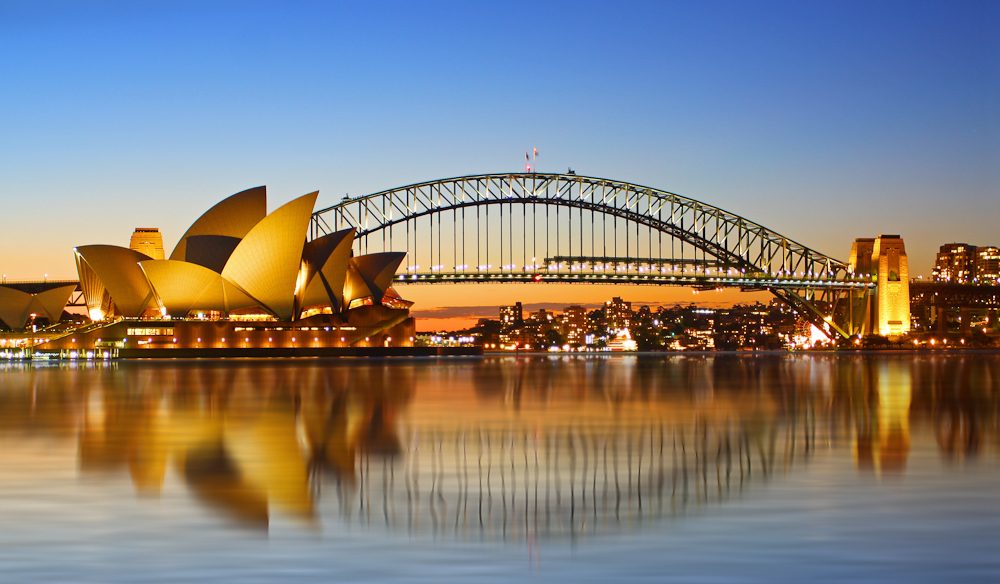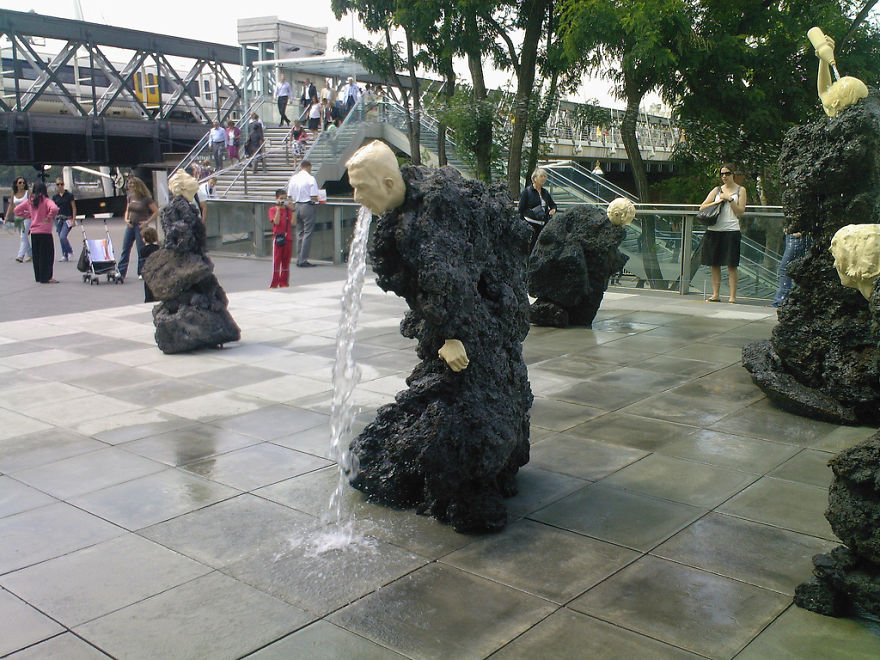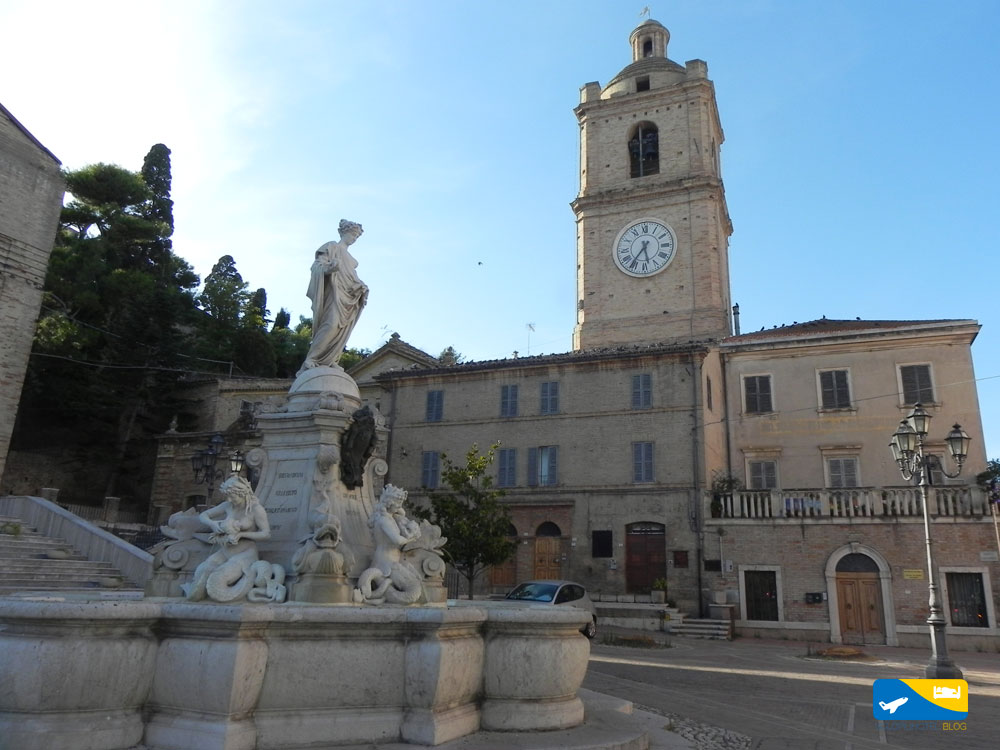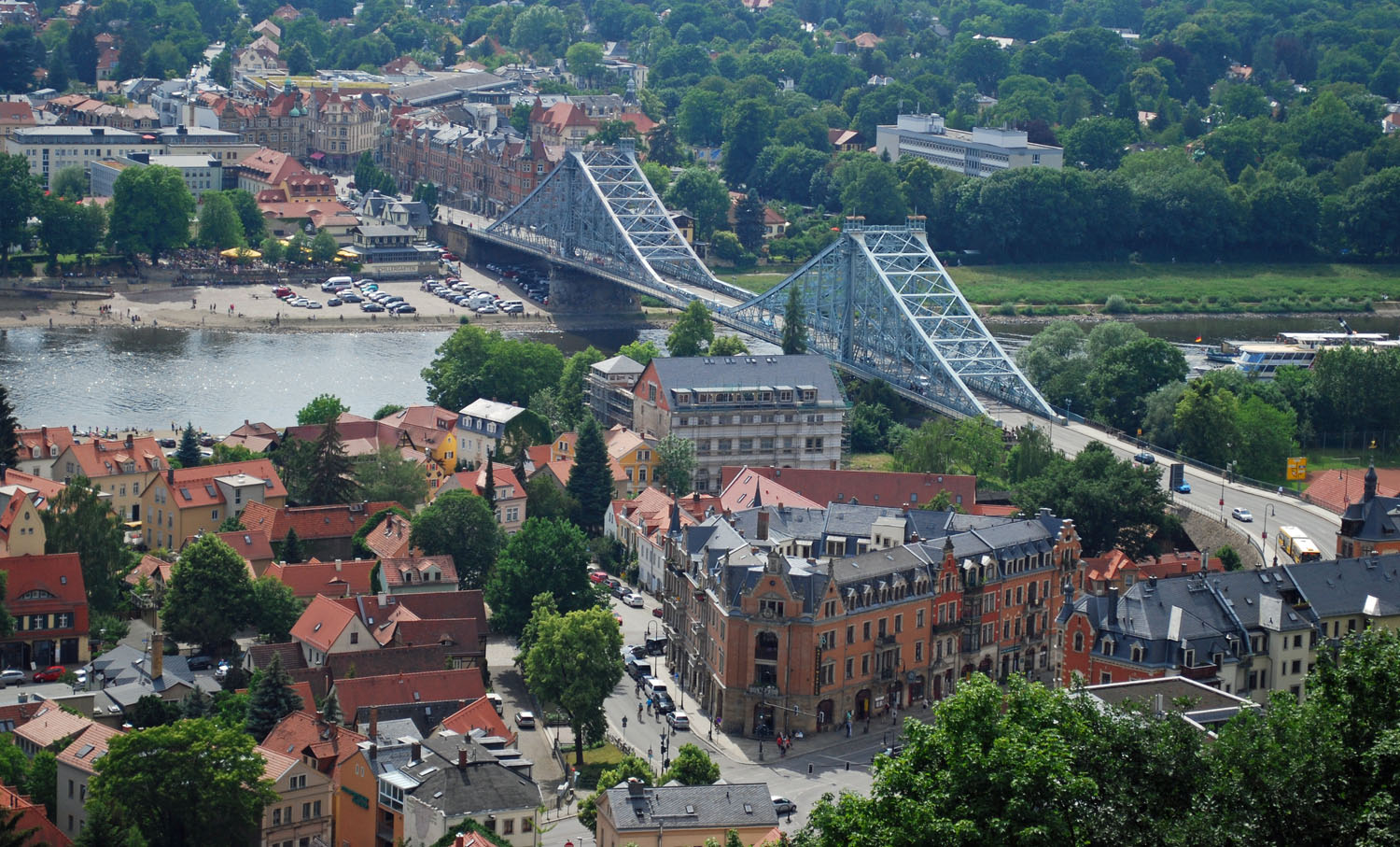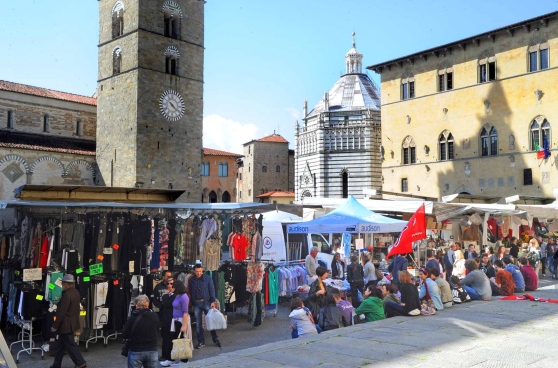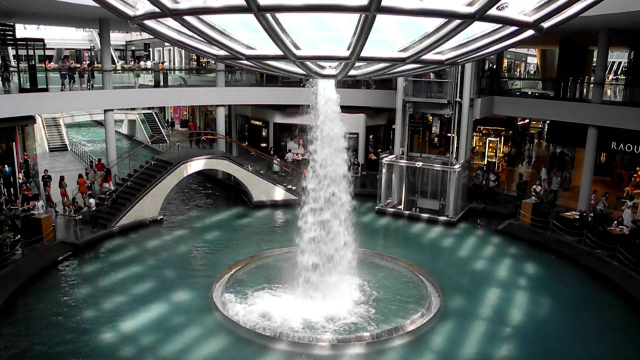Sydney’s Harbour Bridge is one of Australia’s best-known icons and one of the most photographed monuments. It is the world’s largest and heaviest steel arch bridge, the sixth longest in the world. It is both an imposing and delicate presence. It dominates the bay as it shyly juts out between buildings in the city centre.
Known to locals as "the coat rack," the Harbour Bridge has connected the north bank of Sydney with the city center since March 1932. Although its nearby Opera House is Sydney’s best-known icon, the Harbour Bridge is undoubtedly the first to catch your eye when you arrive at Circular Quay. The history of this engineering masterpiece truly tells the story of the city. Before its creation, the only way to get from one side of the bay to the other was by sea: there were hundreds of ferries, and passengers could stay on board for hours, waiting for their turn to dock at the pier. The water was putrid and the air unbreathable. A solution to all this had to be found, and so the idea of building a bridge was born. In 1928 the construction of the arch began, the southern part a few months before the northern one, and on August 19, 1930 the two halves of the bridge met for the first time.
Once the arch was completed, the vertical hooks were attached from the centre towards the ends and then joined together to support the road and railway, completed in June 1931. The bridge was officially declared finished in December 1931.
